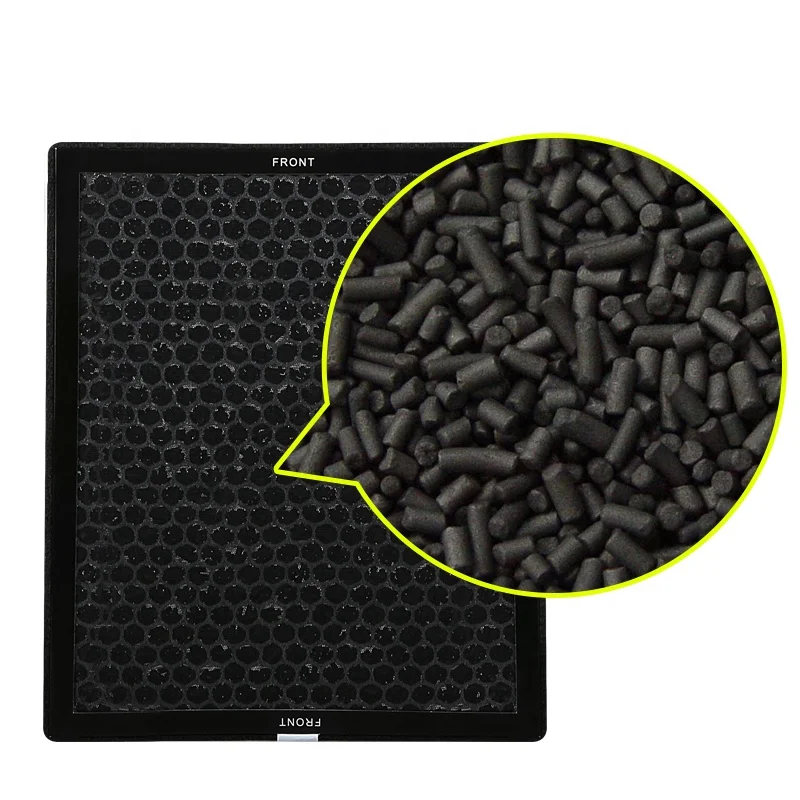

One day, the teacher brought an air quality monitor and it revealed that the CO 2 levels during class increased fivefold. I remember during my Environmental Sciences studies that it was particularly hard to concentrate during the Earth and Environment lectures. These levels of CO 2 can cause headaches and increased heart rate. 2000 – 5000 ppm is extremely high and very unlikely to occur.1000 to 2000 ppm is exceptionally high and causes minor health effects such as drowsiness and complaints of poor air quality.Typical CO 2 levels in indoor spaces that are in use and are being ventilated are between 4 ppm.This is the same amount as the abovementioned 0.04%. Meaning there are 400 CO 2 particles for every million particles in the air. Normal (outdoor) levels of CO 2 are around 400 parts per million (ppm).Therefore, it is wise to monitor CO 2 levels and make sure ventilation is adequate. When CO 2 levels are too high, they can have serious health effects ranging from minor complaints of drowsiness to oxygen deprivation in extreme scenarios. However, due to a combination of poor ventilation and people breathing out CO 2, indoor CO 2 levels can become very high. So normally, CO 2 is only present in very low quantities. Carbon dioxide (CO 2) is fourth with 0.04%, behind Argon (0.93%). The air consists mainly of Nitrogen (78%) and Oxygen (21%). The following gas filters are available for air purifiers:Īctivated carbon filters are by far the most common among high-quality air purifiers designed to remove gasses such as odors or the smell of smoke.īut first, why do we want to remove CO 2 from our air? Luckily, there are several options for removing CO2 and other gasses from the air. Gasses are simply too small to be caught in any net, no matter how small the holes. However, this filtration does not remove gasses.

These filters work like a net, catching dust and pollen while letting the air go through. To do this, they have one or more filters through which the air is blown. Most air purifiers are designed to remove harmful particles from the air. Removing CO 2 with an air purifier: activated carbon and zeolite filters Without a specialized filter, they cannot remove gasses from the air. Unfortunately, these purifiers are mostly designed to remove airborne particles like dust and pollen. Of course, plants specialize in CO 2 removal, but we would need a lot of plants to really make a difference.Īn air purifier is very effective at improving indoor air quality. Unfortunately, CO 2 removal is not very easy to do artificially. For the removal of CO 2, a gas-removal filter such as an activated carbon or zeolite filter is required.īecause high levels of CO 2 can be harmful to our health, and rising global CO 2 levels are causing climate change, the removal of CO 2 from the air is a hot topic. In indoor areas with elevated CO 2 levels, air purifiers can remove up to 12% of the CO 2 in the air before the filter is saturated.


 0 kommentar(er)
0 kommentar(er)
